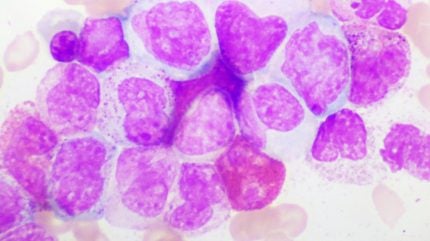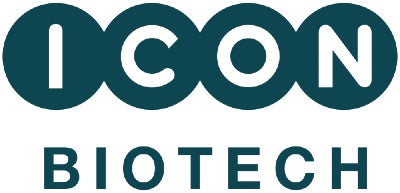
Managing chronic myeloid leukemia (CML) can be challenging, especially when it comes to accurately tracking how well patients respond to treatment and spotting any resistance. Traditional testing methods often miss uncommon gene variations and small mutations.
ICON Specialty Laboratory Solutions has created a new, advanced test using next-generation sequencing (NGS) technology. Based on RNA technology, ICON’s new assay offers huge improvements on how CML is monitored.
Understanding the challenges in CML molecular monitoring
Approximately 98% of CML patients exhibit the common e14a2 or e13a2 BCR::ABL1 transcript types, while the remaining have atypical transcripts like e1a2 or e19a2. Despite the effectiveness of tyrosine kinase inhibitors (TKIs) in treating CML, resistance often develops due to mutations in the tyrosine kinase domain (TKD) or the myristoyl binding site of BCR-ABL1. This necessitates precise identification and monitoring of BCR::ABL1 transcripts and potential resistance mutations.
Current standard practice involves using multiplex PCR/Sanger or fusion detection NGS assays to identify the BCR::ABL1 transcript type at diagnosis. Subsequently, transcript-specific qPCR (such as e13/14a2 RT-qPCR) and sequencing assays (Sanger or NGS) are employed to monitor transcript levels and detect TKI resistance mutations. However, these methods have limitations, including the potential to overlook atypical transcripts and generate low-level false positives, complicating high-specificity mutation detection.
A novel RNA-based NGS assay
To address these challenges, ICON Specialty Laboratories has developed and validated a custom RNA-based NGS assay known as Dup-Seq BCR::ABL1. This innovative assay enables the identification of both common and atypical BCR::ABL1 transcript types and detects resistance mutations with superior sensitivity and accuracy, even at a variant allele frequency (VAF) as low as 1%.
Advantages of the Dup-Seq BCR::ABL1 assay
The Dup-Seq BCR::ABL1 assay offers several significant benefits over traditional methods.
One is comprehensive transcript identification. ICON’s assay can identify both common and atypical BCR::ABL1 transcripts, ensuring no transcript type is overlooked.
Another is high sensitivity and specificity. The assay’s enhanced sensitivity allows for the detection of mutations at VAFs as low as 1%, compared to the 3% threshold required by standard NGS assays. This early detection capability can be crucial for timely therapeutic intervention.
Finally, streamlined workflow. By combining transcript typing and mutation detection into a single assay, Dup-Seq simplifies the molecular testing workflow, making it more efficient and less error-prone.
Impact on clinical and trial settings
In routine clinical diagnostics, the Dup-Seq BCR::ABL1 assay can guide the selection of appropriate RT-qPCR assays for monitoring transcript level changes in new CML patients. In clinical trials, the assay’s ability to provide baseline transcript type identification and mutation testing is invaluable. During treatment, Dup-Seq can monitor the emergence and evolution of resistance mutations, offering a comprehensive view of the patient’s molecular response to therapy.
The assay’s capability to detect changes in transcript type during treatment also serves as a quality control measure, ensuring sample integrity and prompt repeat testing if discrepancies arise.
ICON’s novel RNA-based NGS assay, Dup-Seq BCR::ABL1, represents a significant advancement in the management of CML patients. By addressing the limitations of traditional methods, this assay enhances the accuracy and efficiency of molecular monitoring, offering clinicians and researchers a powerful tool in the fight against CML.
Read more on this approach in the Journal for Applied Laboratory Medicine (JALM)


